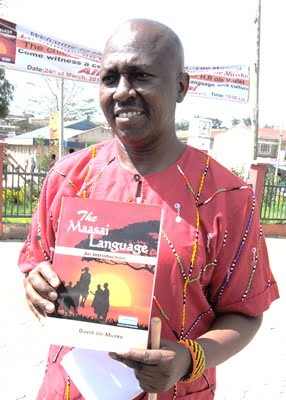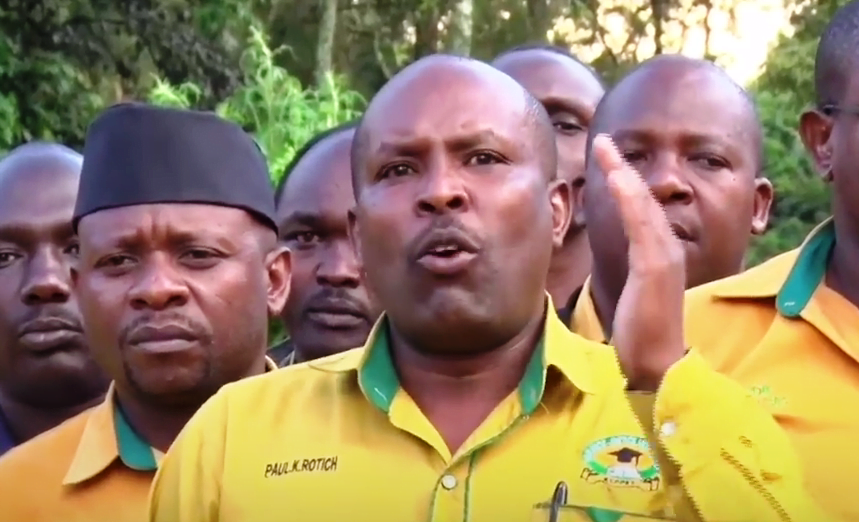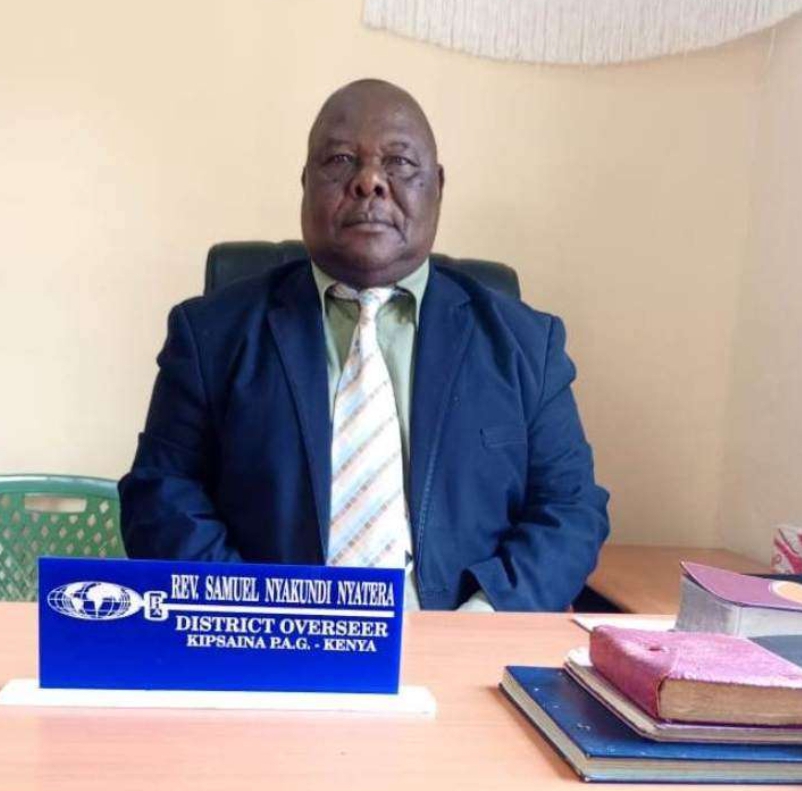Reviewed by Lemomo ole Kulet
Language defined as the method of human communication, either spoken or written, consisting of the use of the words in a structured and conventional way is so important to any community. Maasai or Maa language is so important to the entire Maasai community found in Southern Kenya and Northern Tanzania.
This importance is what has inspired David ole Munke a lecturer at Maasai Mara University to write his first print book entitled; The Maasai Language; An Introduction.
This book attempts to provide a simplified understanding of the Maa language, particularly its use in the modern day contemporary Maasai society by both native speakers and those who learn Maasai as a second language.
The book provides the reader with the foundation to build upon in learning the Maa language. It is also important for any individual who needs to understand Maa language and polish their Maasai language skills.
All those with a keen interest in gaining valuable insight on aspects of the Maasai culture and traditions will find this book invaluable. The book has eighteen chapters and begins with vowels and consonants where the readier is introduced to pronunciation of key Maasai words, and he then moves to simple sentences in Maasai translated from English to Maa language.
Tenses are also tackled by Ole Munke. He gives a list of various examples of words most commonly used in Maa language on a daily basis. He lists them in the format of present, past and future tenses. His work on Maa tenses is not as deep as that of Fr. Frans Mol who has given a detailed version of tenses in Maa in his book, Lessons in Maa; A grammar of Maasai Language.
He has also looked at other important aspects of Maa language that includes but not limited to Action verbs and measurements, numbers and numerals, household items, clothing, grooming artefacts and colours and food crops.
The book has a detailed and well written chapter on parts of the body. Here the writer has done a tremendous work, in fact better than any other author has attempted to do. For the very first time we have a comprehensive body parts named on a picture of a human being. All the body parts are well explained.
Family and community members are another aspect where the writer has explored. This has been done in both singular and plural form on a number of family relations and community in Maasai Community.
Sections that have been excellently dealt with in terms of description and precision include weapons, domestic animals, time and weather conditions, password phrases, proverbs and idioms and finally elements of common Maasai traditions and rites of passage.
The book targets the young Maasai urbanites interested in understanding and polishing their Maasai language skills. On this front the book will achieve its objective, but to an absolute beginner the book would not be as appropriate because of how grammar in the book has not been done as comprehensively as it should.
Earlier attempts on Maa Grammar done by Fr. Frans Mol; in Lessons in Maa; A grammer of Maasai Language has dealt with Maa grammar in a very comprehensive way. From basic Maa grammar to advanced Maa grammar. This book by Fr. Frans Mol is more suitable for absolute beginners.
Munke’s book would be a great text for intermediate and advanced learners of Maa language. The book does not delve much into the fundamentals of Maa language such as the position of verbs and nouns in sentences. In Maa the sentences as explained by Fr. Mol always starts with the verb, followed by the subject and then by the object. For the absolute beginner, the ability of the learner to learn simple sentences construction would be more invaluable than a list of simple sentence.
The book is well printed, edited and very easy to read. The book has nice pictorials and diagrams which go a long way in enhancing the learner’s ability to understand Maa language and culture. It is good to anyone who has an interest in Maa culture and language.
The book has also a good index which comes in handy when one is interested on a specific thing in the book.
The book is a good source of information to both the intermediate and advanced learners.
Since the writer has not delved deep into Maasai grammar, it will have a limitation for the absolute beginners of Maa language.
The book also does not have any dialogue which in most cases would be of great importance to any individual interested to learn Maa language from scratch.
The book has succeeded in making a great contribution in the Maa language and grammar as it has been written in a unique way compared to all others that have been written before. It has also succeeded in its attempt to espouse on and preserve critical aspects of the Maa language.
I recommend the book to all the individuals who have an interest on Maa language and culture. The book was launched on 24th of March, 2018 at Oltalet Mall in Narok County.






